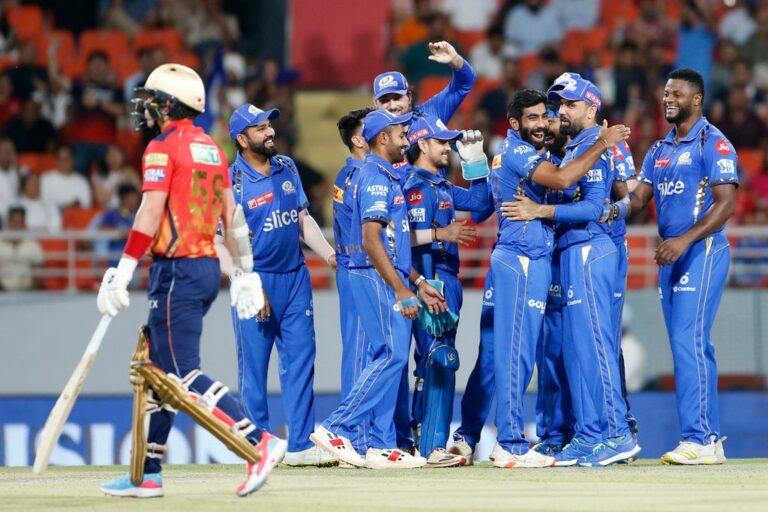How to Use Data to Improve Cricket Performance: 99exch, Reddy Anna Book, Allpanel
99exch, Reddy Anna Book, All Panel.com, Allpanel: In the modern era of cricket, data has become a crucial element in understanding and enhancing player performance. With the advent of advanced technology and data analytics tools, teams are now able to collect and analyze vast amounts of data to gain valuable insights into various aspects of the game. From tracking player statistics to monitoring match conditions, data plays a pivotal role in providing a comprehensive understanding of cricket performance.
By leveraging data, cricket teams can make informed decisions when it comes to strategy development, player selection, and performance analysis. Coaches and players can utilize data to identify strengths and weaknesses, track progress over time, and tailor training programs to address specific areas of improvement. Moreover, data can help teams adapt to different game scenarios, anticipate opponents’ strategies, and make tactical adjustments on the field in real-time. Ultimately, the integration of data into cricket performance not only enhances players’ individual performances but also contributes to the overall success of the team.
Understanding Different Types of Data in Cricket
Cricket is a sport that involves various types of data to analyze player performance and strategize effectively. One crucial type of data in cricket is batting statistics, which include metrics like runs scored, strike rate, and average. These statistics provide insights into a player’s consistency and ability to score runs efficiently.
On the other hand, bowling data is equally important in cricket analysis. Bowling statistics such as wickets taken, economy rate, and bowling average help assess a bowler’s effectiveness in restricting the opposition’s scoring and taking key wickets. By analyzing these different types of data, teams can identify strengths and weaknesses, make informed decisions, and ultimately improve their overall performance on the field.
Analyzing Batting Performance Metrics
Batting performance metrics play a crucial role in evaluating a player’s effectiveness on the cricket field. Key metrics such as batting average, strike rate, and runs scored provide valuable insights into a player’s consistency and impact in matches. These metrics help coaches, analysts, and players themselves in identifying strengths and areas needing improvement to enhance overall batting performance.
In addition to traditional metrics, advanced statistics like boundary percentage, dot ball percentage, and boundary runs percentage offer a deeper understanding of a player’s batting style and strategy. By delving into these specific metrics, teams can strategize effectively, tailor training programs, and make informed decisions during matches. Overall, a comprehensive analysis of batting performance metrics is essential in modern cricket to optimize player performance and achieve successful outcomes.






